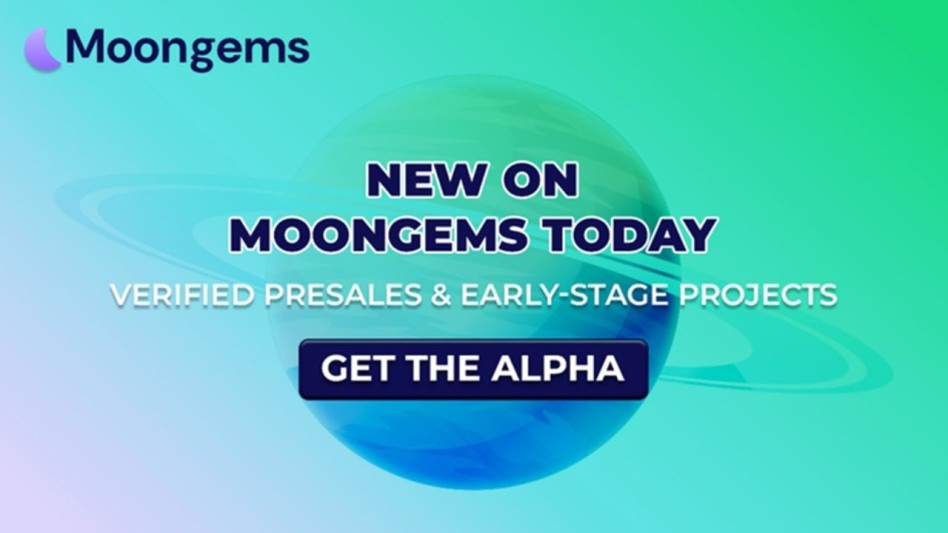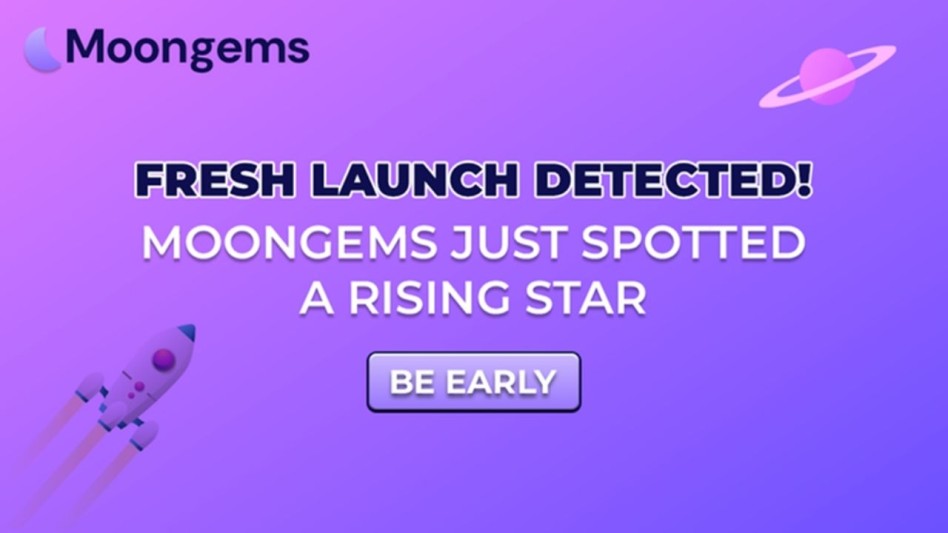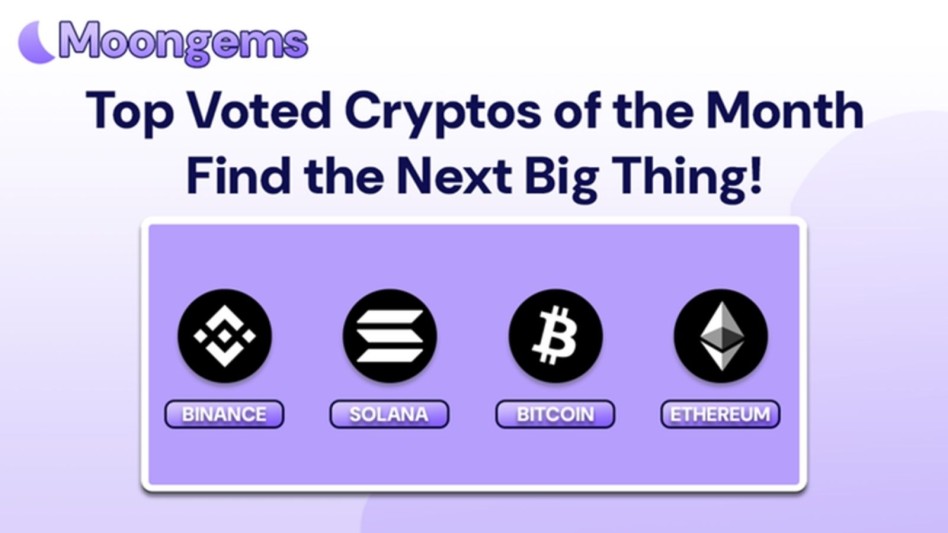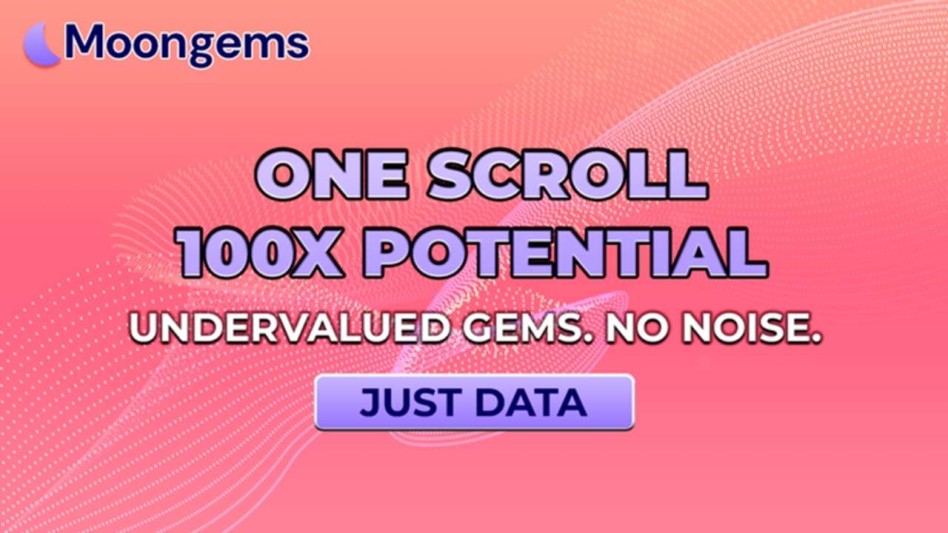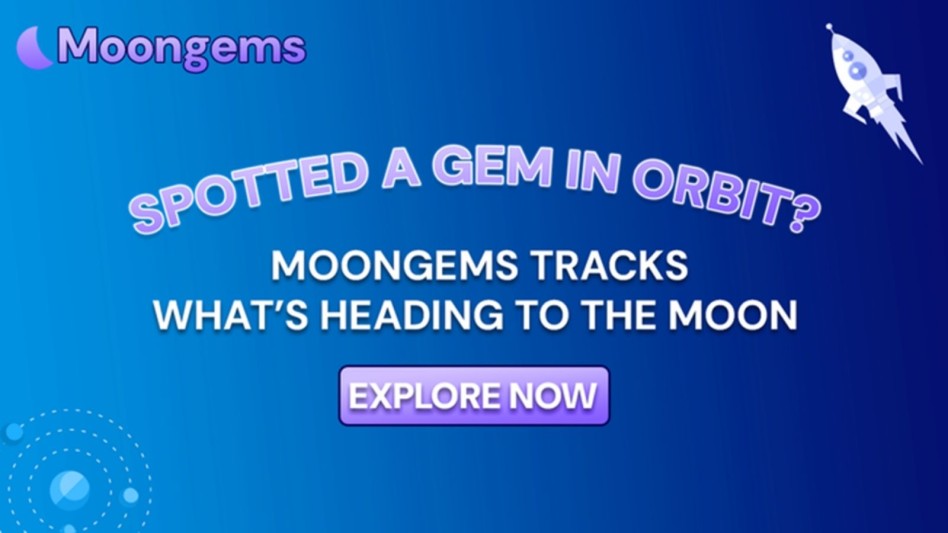Author: Jawad Hussain – Crypto Analyst & Web3 Researcher | 9+ years tracking presales, IDOs, and token launches. Follow him on X (formerly known as Twitter) and LinkedIn.
Over the years, presales have become one of the most attractive entry points for early crypto investors. They promise discounted prices and the potential for explosive growth once tokens hit major exchanges. But in 2025, one central question dominates the conversation: is a presale project building true utility or simply riding the wave of hype? The rise of memecoins, tokens that often lack functional use cases but thrive on community humor and speculative momentum, has made separating genuine innovation from short-term hype more important than ever.
This is not to say all memecoins are failures; some, like Dogecoin and Shiba Inu, captured cultural moments that delivered incredible returns for early adopters. However, most hype-driven tokens fade as quickly as they rise, leaving late investors holding depreciating assets. At the same time, functional presales, those with defined utility and real-world applications, have proven more resilient, attracting long-term users and institutional interest. According to MoonGems data, utility-focused tokens outperformed pure memecoins by 2.8x in average ROI over 12 months post-launch in 2025.
Investors now face a crucial challenge: how to quickly and accurately determine whether a presale token offers genuine value or is simply another short-lived speculative play. This article explores the difference between token utility and hype, outlines key evaluation criteria, presents real-world case studies, and offers actionable strategies for identifying presales worth your attention.
Why Token Utility Matters in 2025
Token utility refers to the actual functions a token performs within its ecosystem. These can include paying for transaction fees, staking for governance rights, rewarding network participants, or powering decentralized applications. Utility tokens underpin the functionality of their platforms, ensuring demand is tied to real use rather than pure speculation. In contrast, hype-driven memecoins often lack tangible utility, relying primarily on social media buzz and celebrity endorsements to drive price action.
The Rise of Utility-Driven Narratives
In 2025, utility-driven tokens are leading narratives across multiple sectors, from decentralized finance (DeFi) and GameFi to decentralized AI and real-world asset tokenization (RWA). These projects often attract developers, enterprises, and long-term investors looking for sustainable growth rather than quick flips. MoonGems’ quarterly analysis shows that projects with clearly defined token utility tend to retain 45% more active wallets six months post-launch compared to hype-based memecoins.
Community Perception and Value Retention
Communities built around functional tokens tend to focus on adoption and ecosystem growth. This creates stronger loyalty and reduces the likelihood of sudden price collapses when hype cycles cool off. For investors, this means a higher chance of sustainable returns and lower exposure to dramatic “pump-and-dump” events commonly associated with meme-driven tokens.
Why Memecoins Still Dominate Headlines
Despite their lack of utility, memecoins continue to dominate market headlines due to their ability to capture cultural moments and generate viral attention. Tokens like Dogecoin and PepeCoin gained massive popularity not because of their functionality but because they created powerful emotional narratives and online communities. These projects thrive on speculation and social virality, which can create life-changing gains for early buyers but carry high risks for those entering late.
Memecoins also serve as entry points for newcomers, offering a “fun” and low-barrier introduction to crypto investing. Their cultural impact cannot be ignored, but from an investment perspective, distinguishing between short-term hype and long-term value is essential.
Key Metrics for Evaluating Token Utility
Determining whether a presale token has genuine utility requires a structured approach. While hype-driven tokens can deliver short-term price spikes, only tokens with functional use cases tend to sustain value over time. The following metrics provide an investor-friendly framework for evaluating token utility and separating functional presales from pure memecoins.
1. Tokenomics and Demand Drivers
Tokenomics defines how a token is created, distributed, and used within its ecosystem. A utility token should have clear demand drivers beyond speculation. Examples include paying for platform transaction fees, accessing premium services, staking for governance rights, or rewarding data providers. Tokens that lack meaningful use cases or rely solely on speculative trading tend to lose value quickly. MoonGems data for 2025 shows that tokens with at least two direct demand drivers retained 60% more long-term liquidity than hype-driven counterparts.
2. Roadmap Clarity and Deliverable Timelines
A presale project must demonstrate a clear vision with an achievable roadmap. Milestones should outline when features will go live and how the token will integrate into those features. Functional presales often provide transparent timelines for product releases, beta testing phases, and ecosystem partnerships. In contrast, hype-driven memecoins often have vague or unrealistic roadmaps, focusing more on marketing promises than tangible delivery. Investors should favor teams that regularly update their communities and show measurable progress.
3. Technical Feasibility and Development Activity
Even the best roadmap is useless without the technical capability to deliver it. Investors should assess the development team’s experience in blockchain engineering, smart contract development, or relevant niche expertise (e.g., DeFi, AI, gaming). Open-source repositories such as GitHub can provide insight into development activity. Projects with frequent code commits and public-facing prototypes are often more credible. On the other hand, tokens with little to no development transparency may be signaling over-reliance on hype rather than execution.
4. Governance Models and Community Involvement
Utility tokens often include governance features, allowing token holders to vote on protocol upgrades or ecosystem decisions. Governance functionality is a key differentiator, as it empowers the community to shape a project’s future direction. Hype-driven tokens rarely include such functionality, focusing instead on short-lived memes and speculative marketing. Active governance participation, such as voting through Snapshot or on-chain governance platforms, signals a strong and engaged user base committed to long-term growth.
5. Real-World Integrations and Partnerships
Functional tokens frequently partner with existing businesses, decentralized applications, or infrastructure providers to expand their utility. Examples include integrations with payment networks, gaming ecosystems, or DeFi protocols. Partnerships often validate a project’s value proposition and can accelerate adoption. By contrast, memecoins typically lack real-world integrations, relying instead on social virality. Investors should look for documented partnerships, live demos, or use cases already in action, which indicate tangible progress and future utility.
These metrics form the foundation for differentiating functional presales from hype-driven tokens. In the next section, we will examine real-world examples of both functional utility tokens and memecoins, highlighting how these metrics apply in practice and what investors can learn from their trajectories.
Case Studies: Functional Tokens vs. Memecoins
Case Study 1: ChainLink (LINK) – A Utility-Driven Success
ChainLink’s LINK token is a prime example of a functional asset. LINK powers oracle services, enabling smart contracts to access off-chain data. This real-world integration created inherent demand as DeFi applications grew, and LINK maintained long-term value despite market downturns. The project’s consistent development, extensive partnerships, and governance mechanisms showcase how utility-backed tokens can achieve sustained adoption and price stability.
Case Study 2: Dogecoin (DOGE) – Cultural Phenomenon Without Utility
Dogecoin began as a meme, built primarily for fun, with no unique utility. Yet, viral community support and celebrity endorsements created historic speculative rallies. DOGE highlights how memecoins can generate life-changing returns for early adopters but also emphasizes the risk of volatility and value erosion when hype fades. Investors who bought during social media-driven peaks often suffered significant losses once momentum cooled.
Case Study 3: Filecoin (FIL) – Infrastructure-Focused Token Utility
Filecoin provides decentralized storage services, with FIL tokens used to pay for storage, retrieval, and network incentives. Its utility-driven model helped it gain institutional adoption and long-term partnerships, proving that tokens tied to critical infrastructure are more likely to sustain demand. FIL’s token price has seen cyclical volatility but has remained relevant due to its embedded functionality within its ecosystem.
Case Study 4: PepeCoin (PEPE) – Short-Term Speculative Boom
PepeCoin gained traction purely from internet meme culture, offering no core product or functional roadmap. The token surged rapidly but lacked retention drivers, leading to steep declines after initial hype. PEPE illustrates why investors must evaluate substance over social virality when considering presales.
Practical Tips to Identify Utility vs. Hype
1. Examine Whitepapers for Clear Use Cases
Whitepapers should clearly outline token functions, ecosystem roles, and adoption plans. Avoid projects with vague promises like “revolutionizing crypto” without concrete deliverables.
2. Check for Working Prototypes or Beta Releases
Utility-driven tokens often launch with testnet products or demos. This demonstrates technical competence and reduces reliance on speculation alone.
3. Evaluate Partnerships and Ecosystem Fit
Partnerships with reputable projects, infrastructure providers, or enterprises indicate market confidence and accelerate adoption. Cross-reference claims with official partner announcements to confirm legitimacy.
4. Follow Developer Activity
Frequent GitHub commits, transparent update logs, and open-source contributions signal a project’s seriousness. Memecoins with zero development activity beyond marketing are high-risk.
5. Monitor Community Conversations
Communities discussing real adoption, integrations, and governance participation often signal long-term value. Communities focused solely on “price pumps” or meme sharing tend to be hype-driven.
6. Use On-Chain Analytics
Platforms like Nansen, Token Sniffer, and DEXTools can reveal wallet distribution, liquidity locks, and unusual token transfers. Functional projects often show healthier wallet distribution compared to hype-driven tokens concentrated in a few whale wallets.
By learning from these case studies and following these practical steps, investors can better distinguish between utility-driven tokens and pure memecoins, positioning themselves for safer, more sustainable investments in 2025 and beyond.
Conclusion
In the rapidly evolving crypto landscape of 2025, distinguishing between functional token presales and hype-driven memecoins is more important than ever. While memecoins often dominate headlines with viral campaigns and explosive short-term gains, their lack of intrinsic utility makes them vulnerable to steep corrections once social momentum fades. Functional tokens, on the other hand, build their value on real-world applications, embedded demand drivers, and strong community governance, which often translates to long-term stability and sustained growth.
The case studies explored in this article highlight how tokens like ChainLink and Filecoin leveraged tangible use cases to deliver sustained adoption. In contrast, purely hype-driven tokens such as Dogecoin and PepeCoin showed how quickly speculative bubbles can deflate. This contrast underscores a critical takeaway for investors: hype may create opportunities for quick profits, but genuine utility is what builds enduring value.
Investors aiming to succeed in this sector must adopt a research-driven approach. This involves analyzing tokenomics, scrutinizing roadmaps for clarity and achievability, evaluating technical teams for competency, and monitoring community engagement for signs of authentic adoption. Tools such as Nansen, Token Sniffer, DEXTools, and LunarCrush can further support informed decision-making, revealing crucial on-chain and sentiment data. Ultimately, the goal is to identify projects solving real problems or enabling unique services, rather than those solely relying on meme appeal or influencer promotions.
The future of crypto lies in utility-backed ecosystems capable of addressing real-world challenges, from decentralized finance and AI integration to data storage and cross-chain interoperability. Investors who focus on functional presales aligned with these narratives stand to benefit not only financially but also by supporting projects contributing genuine innovation to the blockchain industry.
Frequently Asked Questions
- Why is token utility so important?
Token utility ensures there is intrinsic demand for the asset beyond speculative trading, supporting long-term price stability and ecosystem growth. - Are all memecoins bad investments?
Not necessarily. Some memecoins deliver significant short-term gains, but they often lack sustainability. They are better suited for high-risk, short-term traders rather than long-term investors. - How can I verify if a token has genuine utility?
Check its whitepaper for use cases, look for working products or demos, confirm partnerships, and evaluate whether the token serves a clear role in its ecosystem. - What tools help in analyzing presales?
Tools like Nansen, DEXTools, Token Sniffer, and GitHub activity trackers provide insight into token distribution, liquidity security, developer activity, and community sentiment. - Should I avoid all hype-driven tokens?
Not necessarily, but approach them with caution. Allocate only what you can afford to lose and prioritize projects demonstrating progress beyond marketing hype.
Glossary of Key Terms
Token Utility: The functional role a token plays within its ecosystem, such as paying fees, staking, or accessing services.
Memecoin: A cryptocurrency created primarily for humor or cultural reference, often lacking fundamental use cases.
Tokenomics: The economic design of a token, including supply, distribution, and incentive mechanisms.
On-Chain Analytics: Blockchain-based analysis of wallet movements, liquidity, and transaction patterns.
Governance Token: A token that gives holders voting rights in a decentralized protocol.
Article Summary
This article explores how to differentiate between functional token presales and hype-driven memecoins in 2025. It highlights why token utility matters, offers key metrics for evaluating real-world use cases, and provides case studies of successful utility tokens versus short-lived meme-driven projects. Practical tips and advanced analytics tools are included to help investors make informed decisions and avoid falling victim to unsustainable hype cycles.
Disclaimer
This article is for educational purposes only and does not constitute financial advice or an endorsement of any specific project. Always conduct your own research and consult a licensed financial advisor before investing in cryptocurrency or digital assets.




